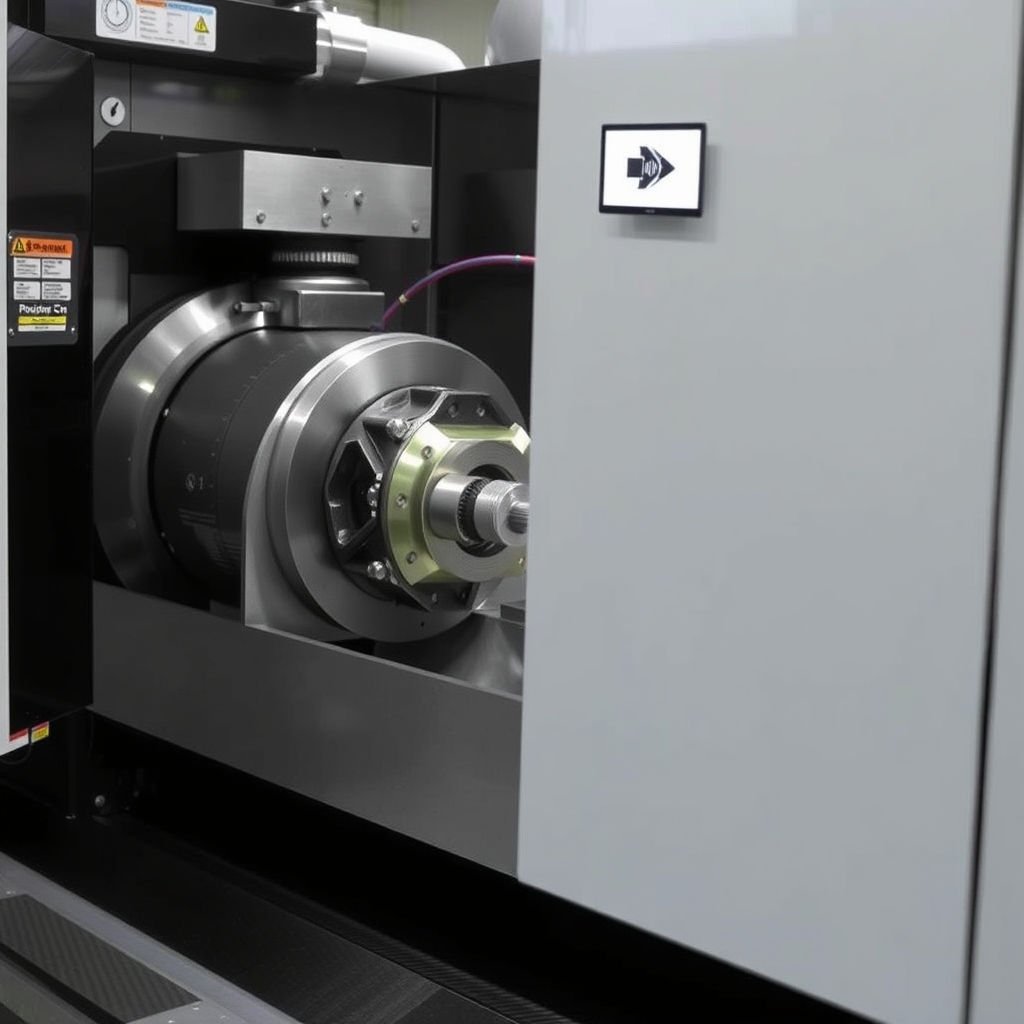
- +8615586668226
- [email protected]
- No. 30, Промышленный парк Хунбан, Шэньчжэнь

Milling isn’t just cutting metal—it’s about maximizing performance. The choice between climb (down) and conventional (up) milling impacts:
With industries like аэрокосмическая промышленность, автомобильный, и медицинские приборы demanding micron-level precision, selecting the optimal method is non-negotiable.
Climb milling, or down milling, involves the cutter rotating in the same direction as the workpiece feed. This method starts with maximum chip thickness, reducing friction and heat for smoother cuts.
In conventional (up) milling, the cutter rotates against the feed direction. It’s ideal for rough surfaces, castings, and manual machines.
| Фактор | Climb Milling | Conventional Milling |
|---|---|---|
| Chip Thickness | Starts thick, tapers to zero | Starts thin, increases gradually |
| Срок службы инструмента | Longer (less heat) | Shorter (more friction) |
| Workpiece Forces | Downward (stabilizing) | Upward (requires strong clamping) |
| Лучшее для | Soft metals, finishing passes | Hard materials, roughing |
A manufacturer of aerospace brackets switched to climb milling on a 5-axis CNC machine, achieving:
Which method is better for titanium alloys?
Climb milling is preferred for titanium’s low thermal conductivity, minimizing heat buildup.
Can I use climb milling on a manual machine?
Avoid it—backlash risks tool pull-in. Stick to conventional milling for safety.
How does material thickness affect the choice?
Thin materials (<6 mm) benefit from climb milling’s stabilizing forces.
Is conventional milling outdated?
No—it’s indispensable for roughing cast iron or Тяжелое оборудование части.
Ready to optimize your CNC operations? Свяжитесь с нами for tailored machining solutions!
Адрес
No.30, Hongbang Industry Park, Шэньчжэнь
Электронная почта
[email protected]
Телефон
+86 15586668226
Узнайте о последних тенденциях и фактах в области производства с ЧПУ из нашего блога.
Shenzhen Runkey Precision Technology Co. Ltd, дочерняя компания Tensun Group, является вашим надежным универсальным решением для производства на заказ от прототипа до производства. Превращение вашей идеи в реальность с помощью цифровых производственных ресурсов, оптимизированных процессов, экспертного руководства, ускоренных сроков и бескомпромиссного качества.
©2024. CNC Fabrication Все права защищены.